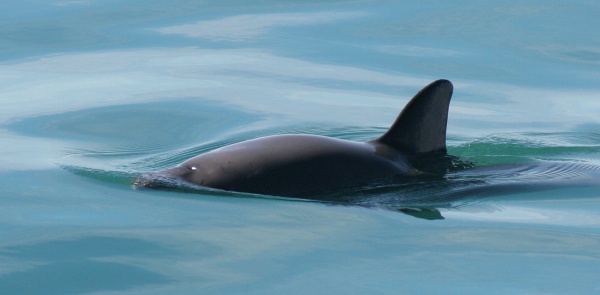Facts About Vaquita
The vaquita, a small porpoise native to the northern Gulf of California, is on the verge of extinction, with fewer than 19 individuals remaining in the wild. This precipitous decline is primarily due to bycatch from illegal fishing operations, particularly those targeting the totoaba fish. First identified in 1958, the vaquita is the smallest member of the cetacean family, easily recognizable by its triangular dorsal fin and distinctive black markings around its lips and eyes.
Vaquitas inhabit the shallow waters of the upper Gulf of California, where they feed on fish, crustaceans, and squid. They are typically observed alone or in pairs, and little is known about their social behavior and life history. Unfortunately, their population has plummeted over the years, with some estimates suggesting there may be as few as 10 individuals left.
The primary threat to vaquitas is entanglement in gillnets used for illegal fishing, despite efforts to ban these nets and establish protected zones. The vaquita is listed as critically endangered on the IUCN Red List and is protected under various conservation laws. Efforts to save them include enforcing gillnet bans, offering alternative livelihoods to fishermen, and relocating vaquitas to protected sea pens.
However, illegal fishing continues to jeopardize the vaquita's survival. Conservationists are addressing these complex socioeconomic and environmental issues with strategies that include protecting habitats, managing resources, educating the public, and raising awareness about the vaquita's critical situation and the challenges involved in preserving this unique species.

 United States
United States